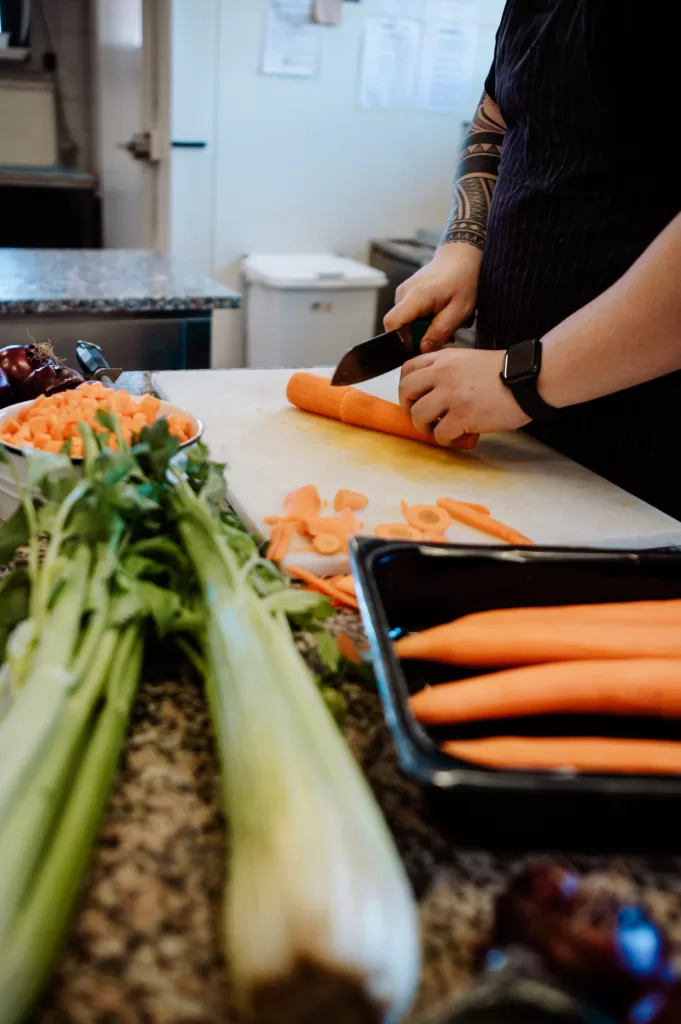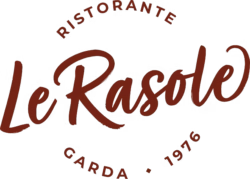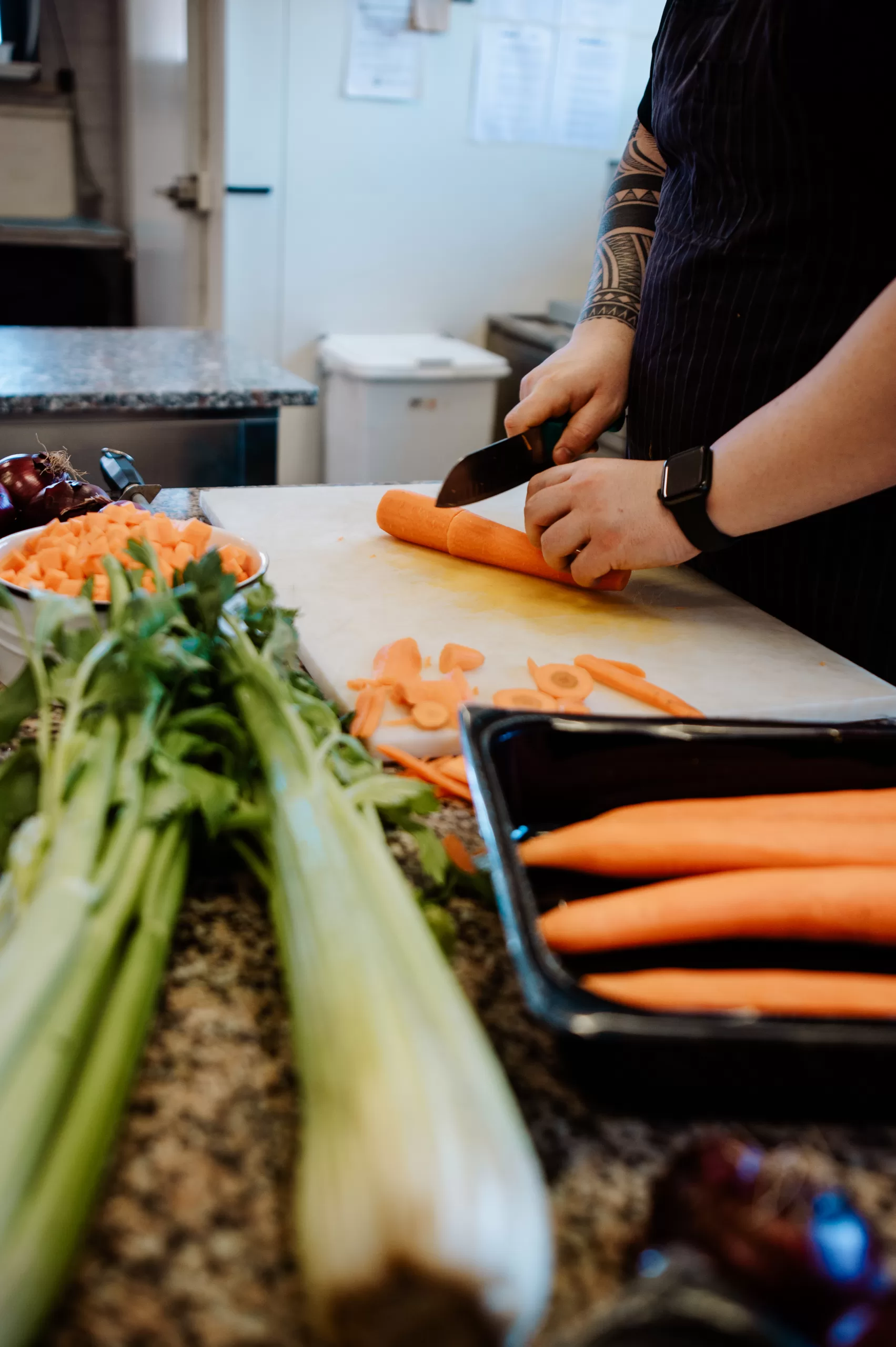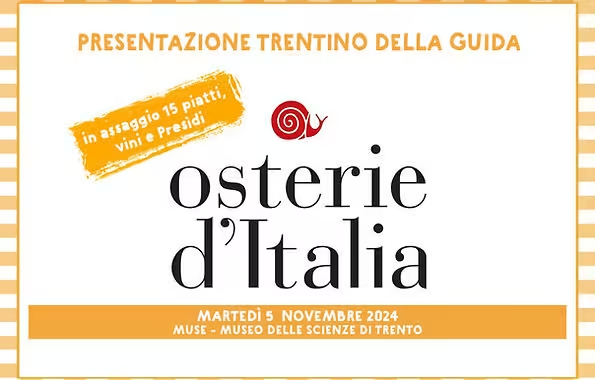Today we would like to introduce a concept and technique that anyone who is trying to walk the path of sustainability should follow.
Introduction to the Circular Kitchen
The Circular Kitchen, introduced for the first time in Italy by Chef Igles Corelli, represents a culinary philosophy that aims to maximize the use of every part of the ingredients, drastically reducing waste to almost zero.
In the traditional culinary context, the preparation of an ingredient often generates waste that ends up in the trash. However, by embracing the Circular Kitchen approach, it is possible to find creative solutions to minimize or eliminate this waste, fully exploiting each component of the ingredients in one or more distinct preparations.
When treating fish, for example, it is possible to obtain different parts useful for different preparations: from the main fillet to the tartare made from the trimmings. It is even possible to extract a precious stock from the bones and the head to be used in other preparations.
The same concept can be applied to fruits and vegetables: leaves, peels and other parts that are often discarded can give life to creams, garnishes, flavored oils and much more.

Importance of Circular Cooking Techniques
There are many reasons why it is essential to adopt these techniques in culinary production, both professional and domestic:
Environmental sustainability
By reducing waste, a concrete step is taken towards sustainability, minimizing the environmental impact related to production waste. This also leads to a saving of CO2 and water as we use all the components of the ingredients that, in order to grow/reach maturity, have required the production of CO2 equivalents and the consumption of water.
Cost Optimization
By using ingredients more widely, food costs are reduced, allowing more efficient management of resources and production costs, allowing investment in research or better quality raw materials.
Waste reduction
The overall reduction of waste not only has a positive impact on the environment but also translates into economic savings, reducing disposal costs and contributing to lower emissions related to waste treatment.
Challenges of the Circular Kitchen
However, the introduction of the Circular Kitchen comes with additional challenges and costs:
Preparation & Training
It requires a solid technical preparation and an in-depth knowledge of raw materials on the part of kitchen operators.
Preparation Planning
The dishes must be carefully studied, considering the optimal use of each part of the ingredients. This can result in longer preparation times.
Impact on labor costs
Implementing Circular Cooking can increase labor costs as it takes longer to process ingredients thoroughly.
Success of Circular Cuisine in our Restaurant
After two years of commitment to the adoption of the Circular Kitchen, we are thrilled with the results obtained. By reducing waste by 80%, we have been able to use almost all the ingredients, developing new culinary creations and adopting modern cooking and storage techniques.
Our commitment to sustainability has led to results that are appreciated by our customers, not only in the taste of the dishes, but also in the appreciation of our sustainable culinary strategy.



